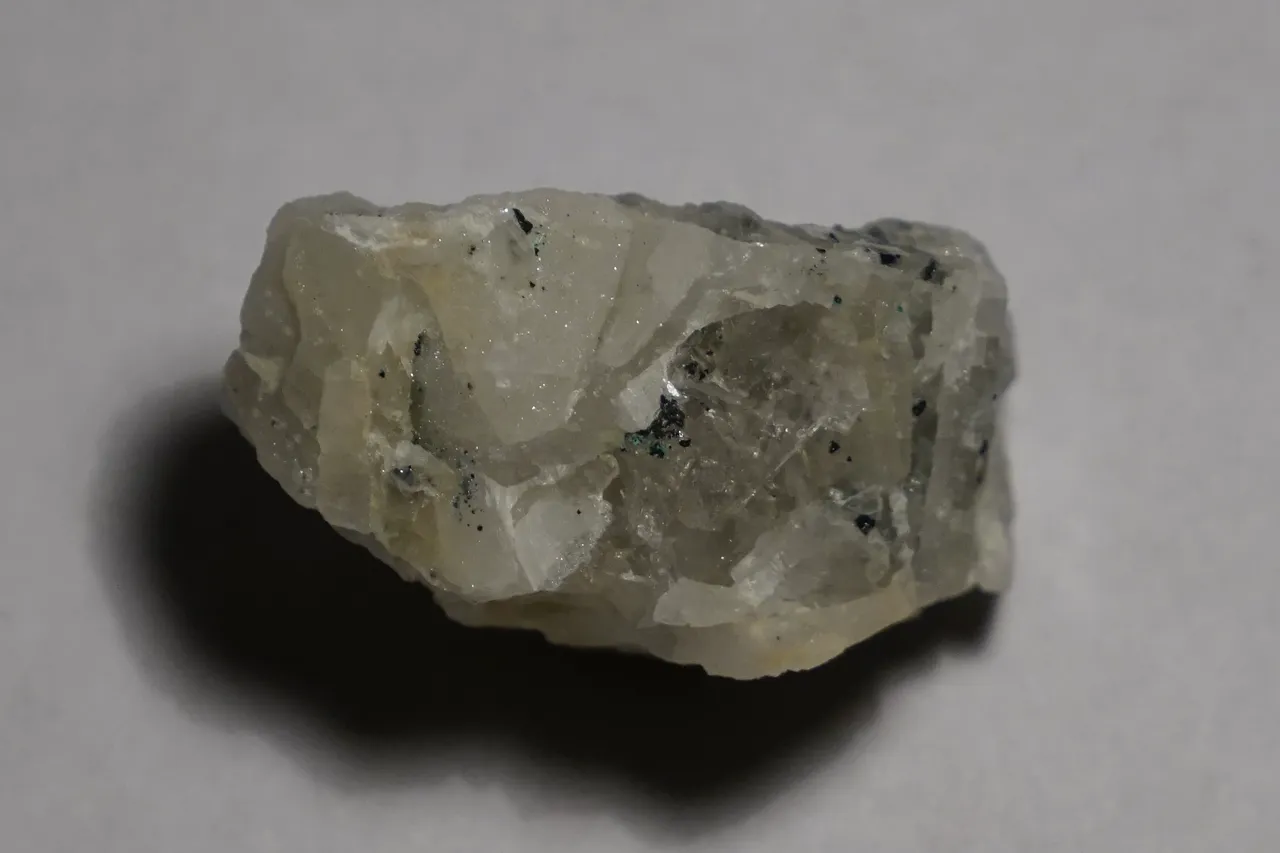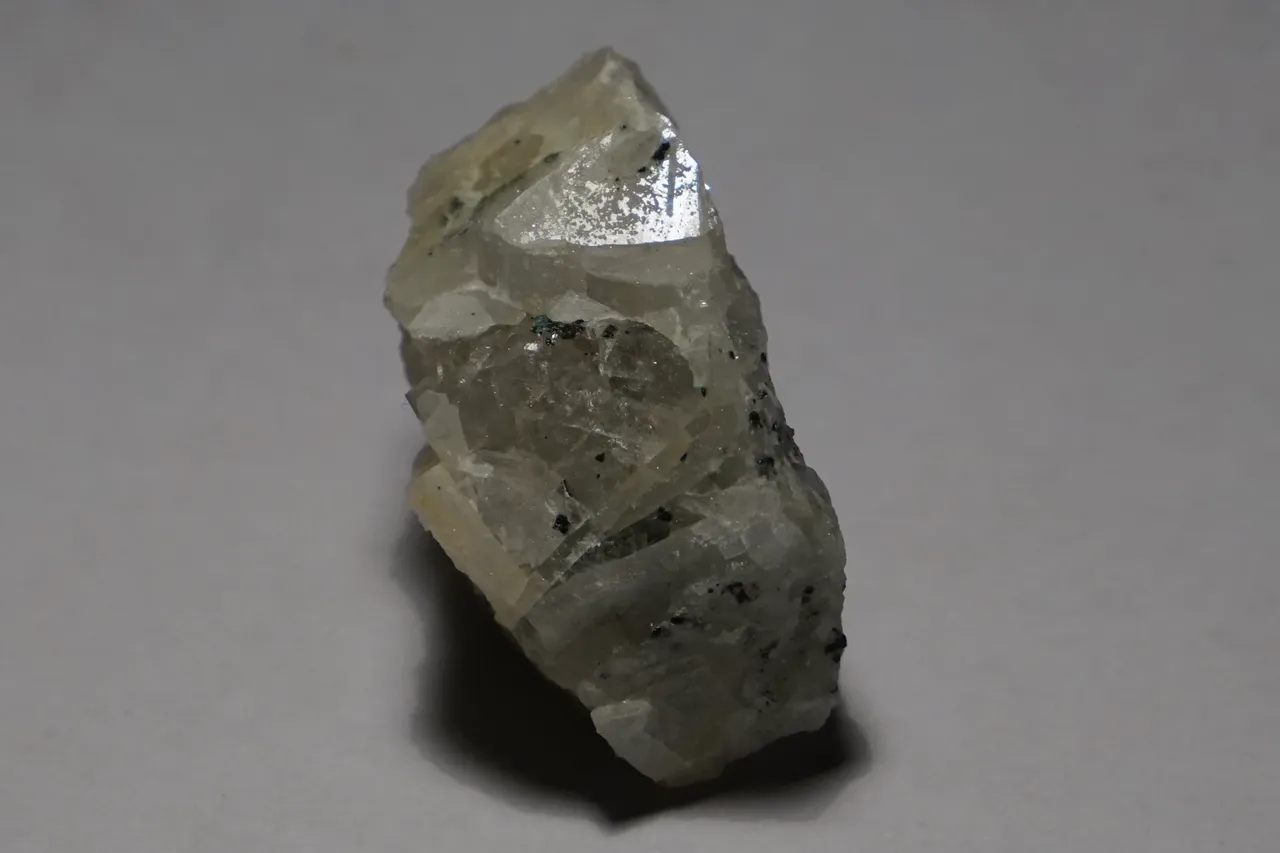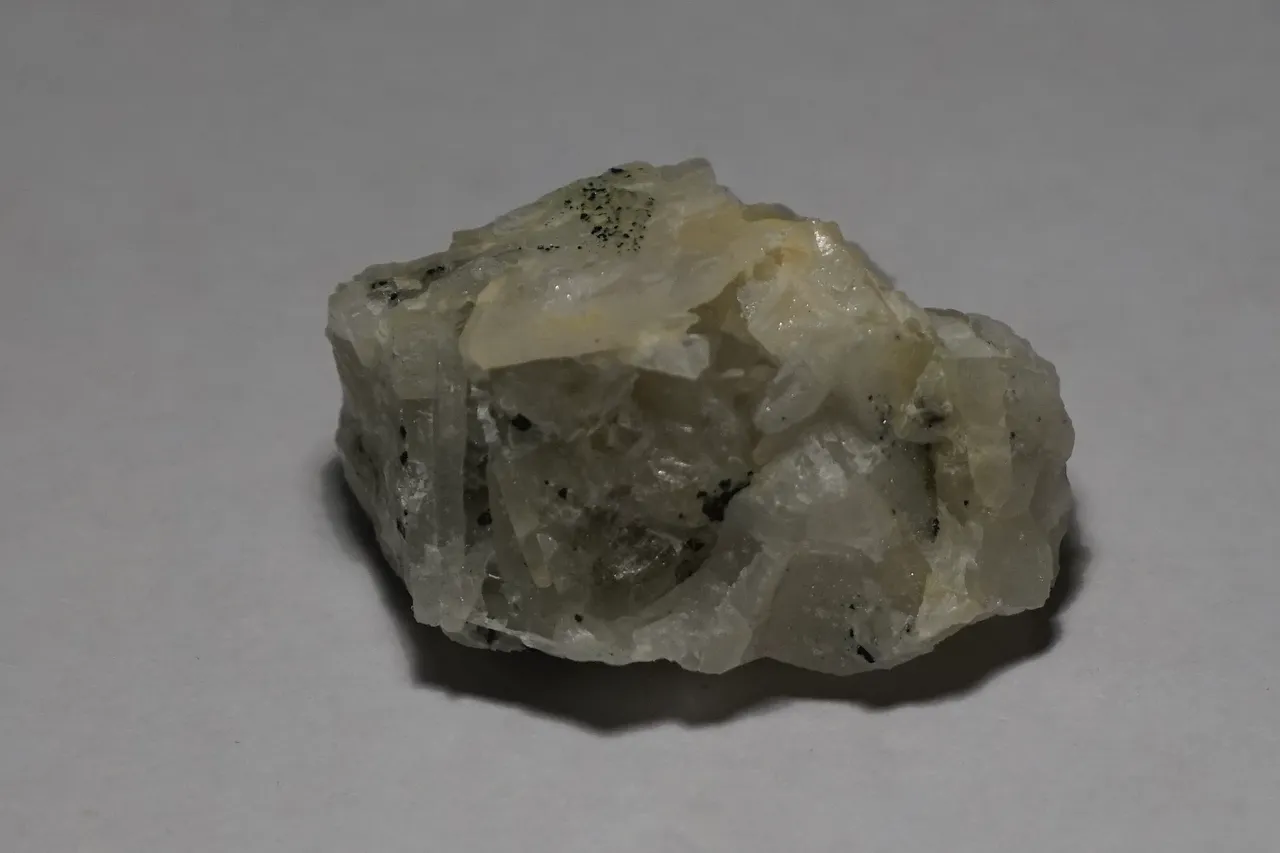Good day dear Hive friends, first of all I would like to wish you all a pleasant day and hope you are all well and your day was full of positive experiences! In my new post, I would like to bring you a mineral a little closer and hope you can expand your knowledge in this interesting area a little.

Here you can see a specimen of the mineral Connellite and it is a rare mineral that was first found at the beginning of the 19th century in England near Cornwall and it was first researched by the mineralogist James Dwight Dana (1813 - 1895) and a few years later it was named after the British mineralogist and chemist Arthur Connell (1794 - 1865) who was a member of one of the best-known mineral societies in London. If you also want to learn more about Cornwall, which is one of the interested places of discovery for minerals and has strongly influenced the history of tin, I can recommend visiting this article here. It is a typical copper-containing mineral that is usually found as a secondary mineral in copper mines and usually the mineral can be found with other copper minerals and in this specimen the mineral agardite can also be found and the color can be traced back to the copper content and is blue or green and in this specimen connellite is more likely to be seen in micro range. The surface usually has a structure that is somewhat reminiscent of glass and the crystals can have different shapes and it is considered a mineral which is particularly popular in collectors circles, but in the past was still used together with other copper minerals as ore, but this field of application is rather secondary due to the rarity. There are only a few hundred recognized places of discovery and the most important include England include Greece, France, Germany, Australia and some parts of Africa.


Thanks for stopping by and I hope you could learn something new about minerals! I captured these pictures with my Camera Sony Alpha 6000 plus 55-210 mm lens!